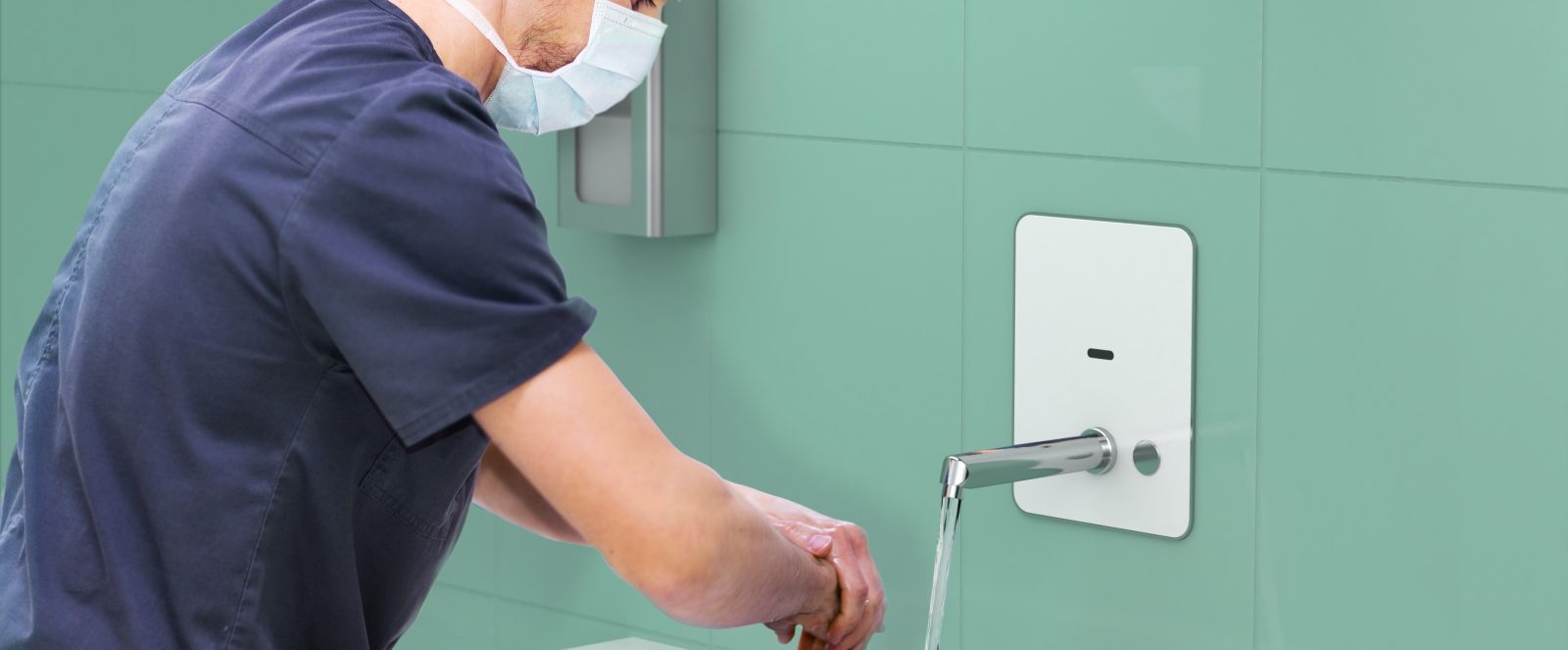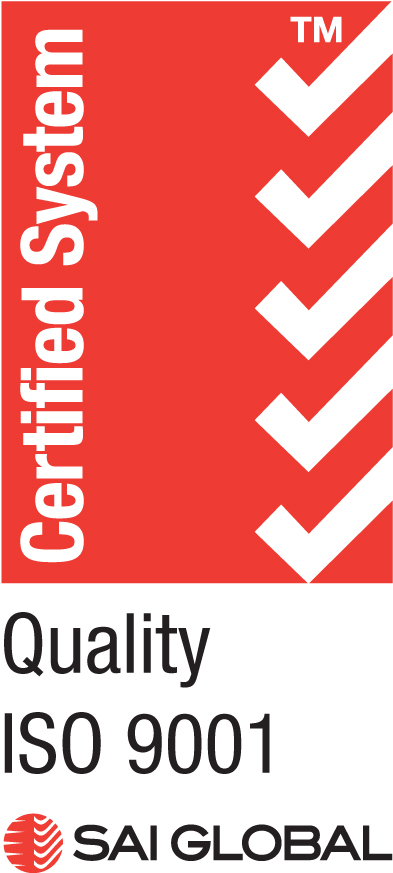
Water Risks in a Healthcare Setting
Legionella is a type of bacteria that can cause a severe and sometimes fatal form of pneumonia known as Legionnaires' disease. In settings such as healthcare and aged care, Legionella can be spread through contaminated water sources, such as showers, cooling towers, and plumbing systems.
Patients with weakened immune systems are particularly vulnerable to Legionella infections. The severity of the infection can vary, depending on the patient's age, overall health, and the extent of the infection. In some cases, Legionnaires' disease can be life-threatening, particularly in elderly patients or those with underlying medical conditions. When a patient is exposed to Legionella, they may develop symptoms of pneumonia, such as a cough, shortness of breath, fever, chills, muscle aches, headache, confusion, and gastrointestinal distress.
Careful planning and product selection can assist healthcare environments in reducing the risk of infection by utilising plumbing products that contain copper based alloys. Copper alloys and brass are commonly used plumbing materials due to their excellent properties such as durability, malleability, and high thermal conductivity. These materials are proven to have been effective against bacteria because they release copper ions, which can destroy Legionella and other types of bacteria, fungi, and viruses, preventing their growth and spread. Copper alloys also have excellent heat transfer properties, which makes them ideal for use in hot water systems.
When you are selecting tapware for healthcare environments you must consider the impact of the manufacturing materials used; for example, infection control, cleanability, whole-of-life product costs, and aesthetics. Using Lead Safe™ brass tapware over stainless steel tapware will reduce bacterial growth. Lead Safe™ DZR brass tapware has been found to inhibit the growth of bacteria found in healthcare settings. This makes it an ideal material for use in hospitals where infection control is of utmost importance.
Seven benefits for choosing Lead Safe materials:
- Lower Risk of Biofilm Formation. Biofilms are colonies of microorganisms that form on surfaces and are notoriously difficult to remove. Lead Safe™ DZR brass and copper based alloy tapware has been found to have a lower risk of biofilm formation than stainless steel tapware, reducing the risk of healthcare-associated infections.
- Durability. Lead Safe™ DZR brass tapware is highly durable and resistant to corrosion and wear, making it ideal for use in high-traffic areas. Unlike stainless steel, brass is less prone to pitting and cracking, which can harbor bacteria and increase the risk of infection.
- Easy-to-Clean. Lead Safe™ DZR brass tapware’s smooth surface makes it difficult for bacteria to adhere to and can be easily wiped clean with a disinfectant solution.
- Cost-Effective. While Lead Safe™ DZR brass tapware may be more expensive, it can be more cost-effective in the long run. This is because it is less likely to corrode or wear out, reducing the need for frequent replacements and repairs.
- Aesthetically Pleasing. Lead Safe™ DZR brass tapware has a warm appearance that can create a more welcoming atmosphere in hospital environments. This can have a positive impact on patient comfort and satisfaction, which is essential for their overall well-being and recovery.
- Improved Water Quality. Lead Safe™ DZR brass tapware can improve the quality of water by reducing the amount of lead and other contaminants that can leach into the water supply. This is important for maintaining clean and safe water for patients, staff, and visitors.
- Better Temperature Regulation. Lead Safe™ DZR brass tapware has been found to regulate water temperature better than stainless steel tapware, which can help facilities manage costs related to heating and cooling.




